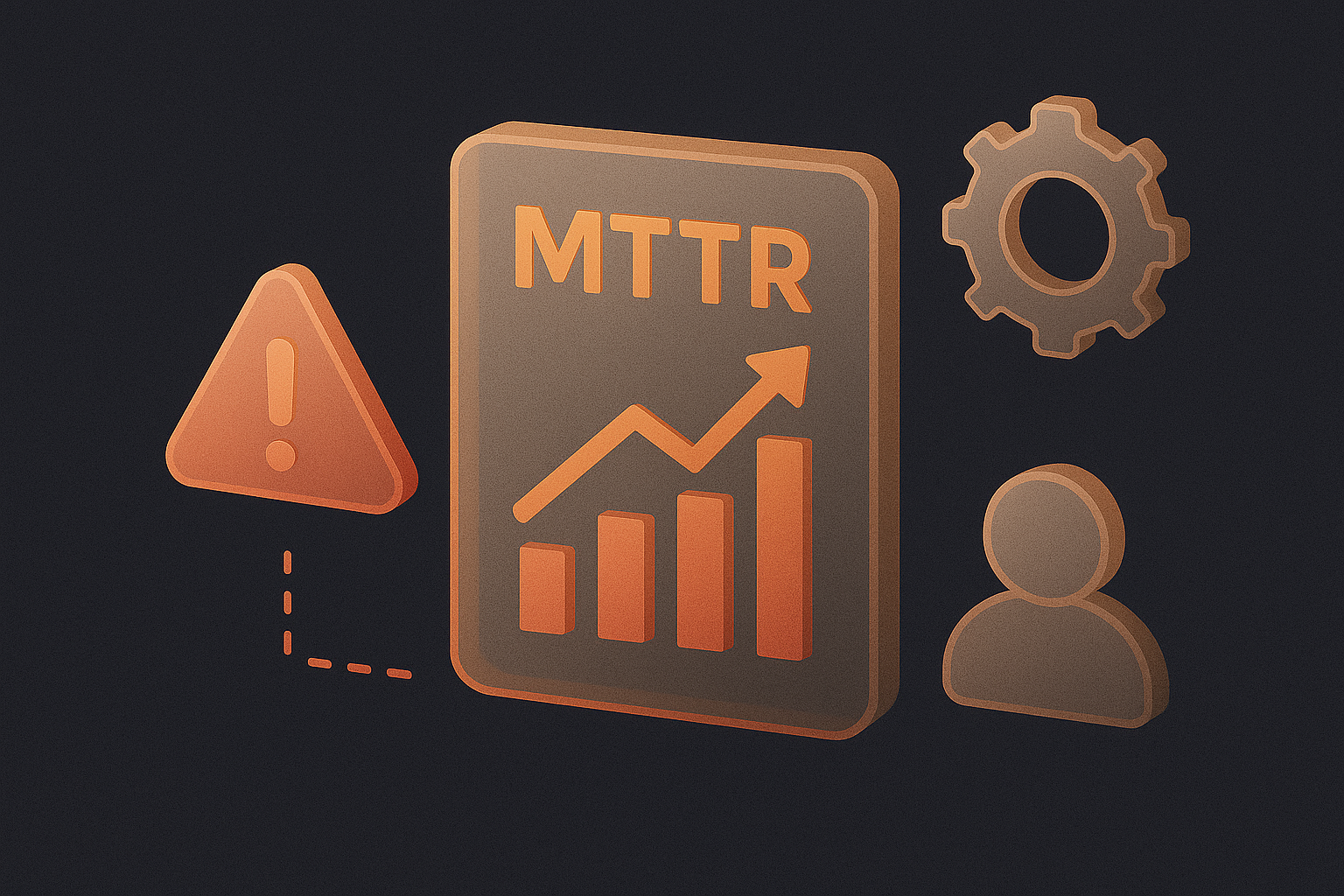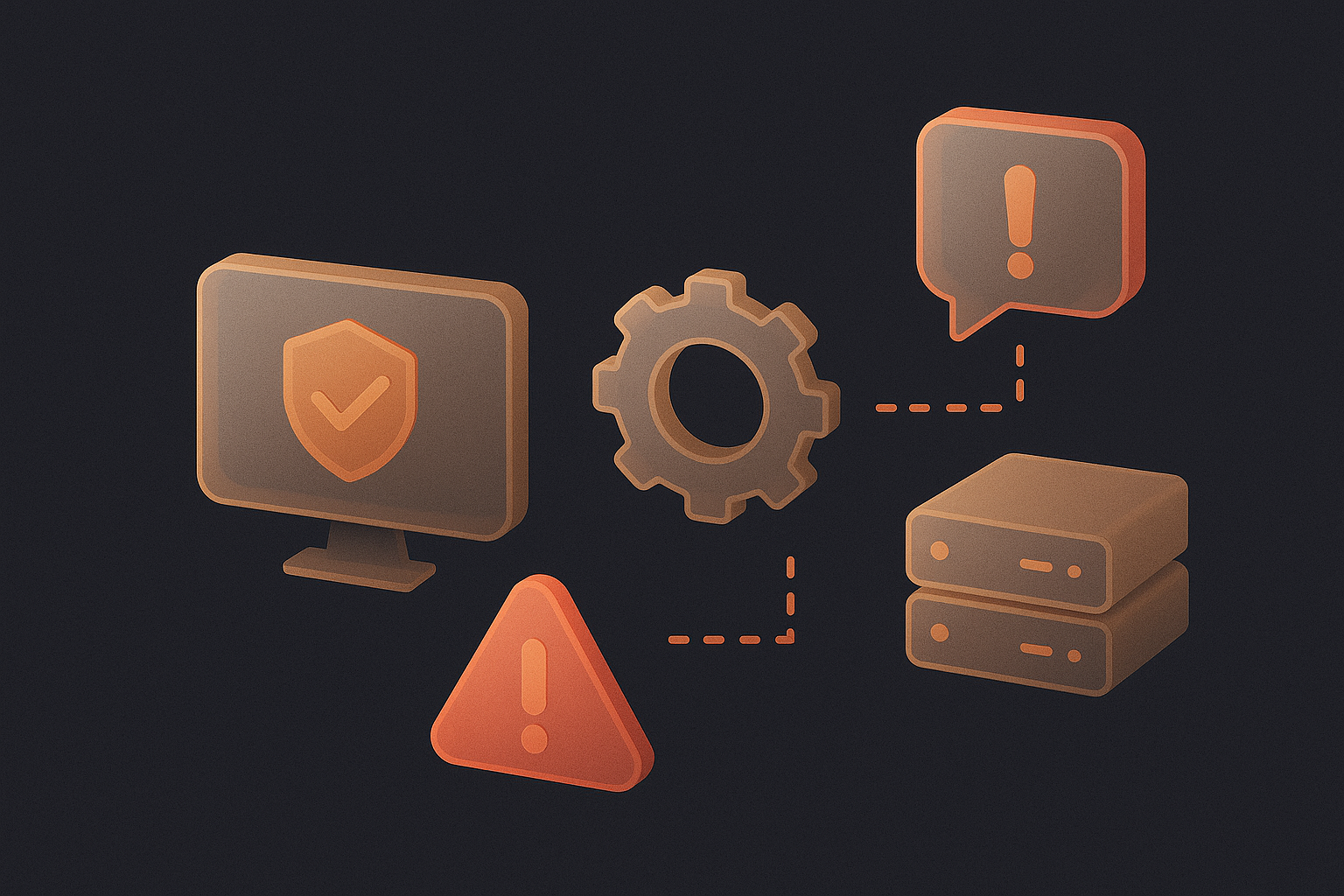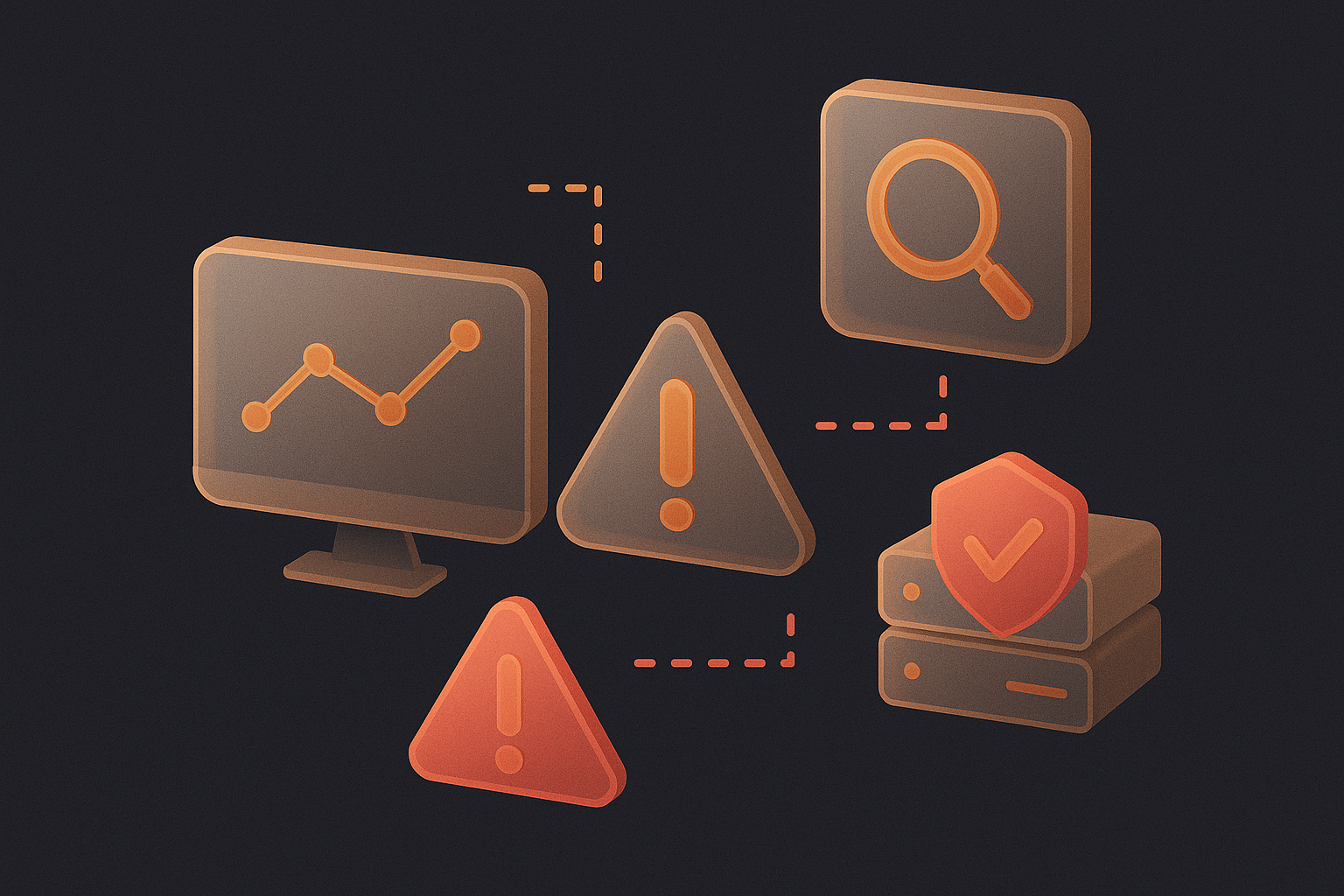Cisco Meraki has become a leading choice for organizations that want simplified, cloud-managed networking with full visibility across devices and users. But that visibility often comes at a cost. Too many Cisco Meraki alerts quickly create Meraki alert overload, leaving IT teams buried in notifications.
What should be a tool for efficiency can instead create constant interruptions, false positives, and staff burnout. If left unchecked, alert overload leads to missed critical issues and rising frustration across teams. The good news is that with the right tuning and the addition of smart incident management, IT leaders can reduce Meraki alerts and restore confidence in their operations.
Why Meraki Alerts Create Overload
1. Overly Sensitive Defaults
Meraki devices are designed to be proactive. However, their default settings often trigger alerts for every fluctuation in performance. Minor events like temporary packet loss can generate alerts that add no real value.
2. Duplicate Alerts Across Devices
When a network issue impacts multiple Meraki endpoints, each device generates its own alert. Instead of one clear incident, IT receives dozens of duplicates. This duplication is one of the biggest drivers of alert fatigue.
3. Alerts Without Context
Meraki alerts often show what happened but not why or how critical the issue really is. Without context, engineers must manually investigate, which wastes time and delays resolution.
4. Fragmented Incident Response
Cisco Meraki provides visibility but not incident routing. Alerts may go to email inboxes or dashboards, but without a smarter on-call alternative, teams are left to manually track, triage, and escalate.
The Hidden Impact of Meraki Alert Overload
The operational risks of noisy alerts extend beyond inconvenience:
- Alert Fatigue: When notifications never stop, staff tune out, risking missed critical events.
- Slow Response: Engineers spend time sifting through false positives instead of solving real issues.
- Escalations: A minor outage becomes a full-blown crisis because the right person was not alerted in time.
- Staff Burnout: On-call teams experience constant interruptions that affect morale and retention.
These costs add up quickly, making it essential to introduce IT alert fatigue solutions that reduce noise and improve response.

How to Reduce Meraki Alerts and Fix the Problem
1. Stop Duplicate Alerts with Smart Correlation
Instead of treating every device alert as unique, use correlation tools that group them into a single incident. AlertOps consolidates related Cisco Meraki alerts, which can reduce alert noise by up to 70 percent.
2. Use AI for Prioritization
Not all alerts are equally important. AlertOps applies AI-driven intelligence to highlight critical Meraki issues first, while less urgent notifications are filtered out. This ensures teams act on the incidents that truly matter.
3. Automate Escalation Paths
Email alone is not enough for urgent incidents. With AlertOps, alerts are routed automatically across SMS, voice, Slack, Teams, and push notifications. Escalation paths ensure the right person is alerted instantly and incidents never fall through the cracks.
4. Add Context with Historical Insights
Instead of forcing engineers to investigate manually, enrich alerts with history and analysis. AlertOps provides historical alert insights and AI-generated postmortems, helping teams quickly understand root causes and reduce repeat incidents.
5. Adopt a Smarter On-Call Alternative
Managing Meraki alerts effectively requires more than raw notifications. By adding a smarter on-call alternative like AlertOps, organizations gain an AI-powered incident management layer that transforms noisy alerts into actionable intelligence.
Why This Matters for Cisco Users
Cisco customers across Meraki, AppDynamics, ThousandEyes, and Splunk face a shared challenge: alert noise. Most do not realize it is a solvable problem. By combining Cisco’s visibility with AlertOps’ smart incident management, IT leaders gain a scalable way to:
- Stop alert noise before it overwhelms teams
- Reduce duplicate alerts through correlation
- Route incidents dynamically with automated workflows
- Provide intelligent incident response with AI-driven prioritization
Conclusion
Cisco Meraki alerts are meant to help IT teams stay proactive, but unmanaged they often create more problems than they solve. The result is Meraki alert overload that slows response times, drains staff energy, and drives up operational costs.
The fix is clear. With the right tuning and by pairing Meraki with AlertOps, organizations can reduce Meraki alerts, implement effective IT alert fatigue solutions, and restore control with smart incident management.
The outcome is better resilience, faster resolutions, and IT teams that stay focused on building the future instead of reacting to constant noise.



